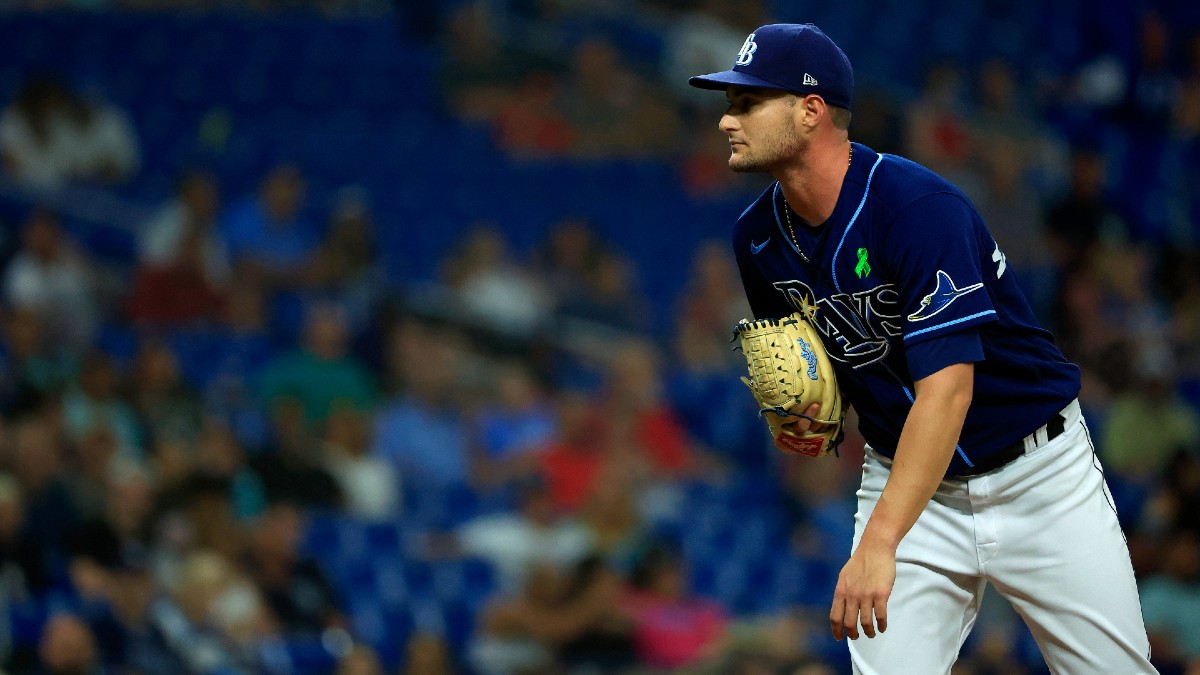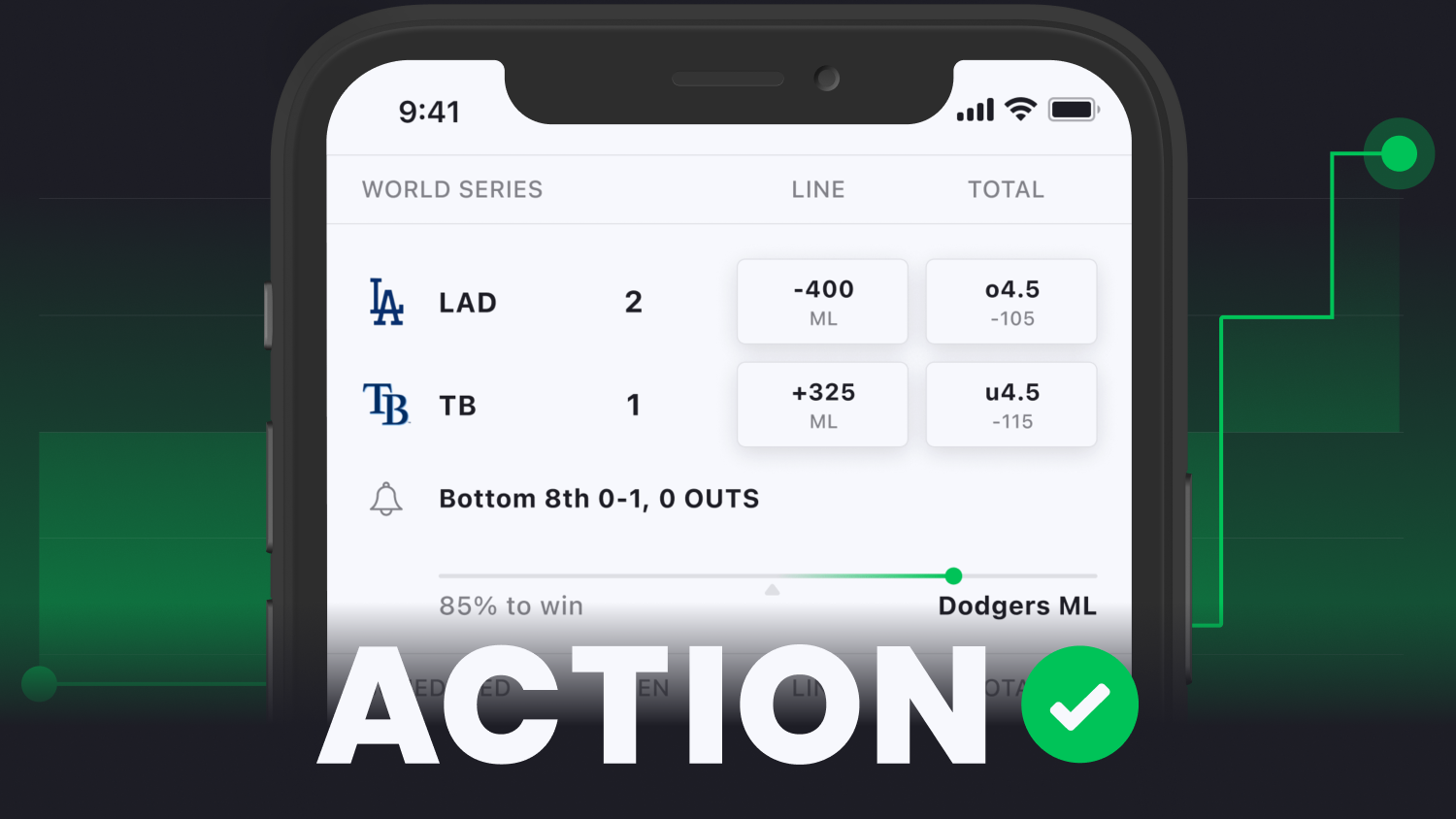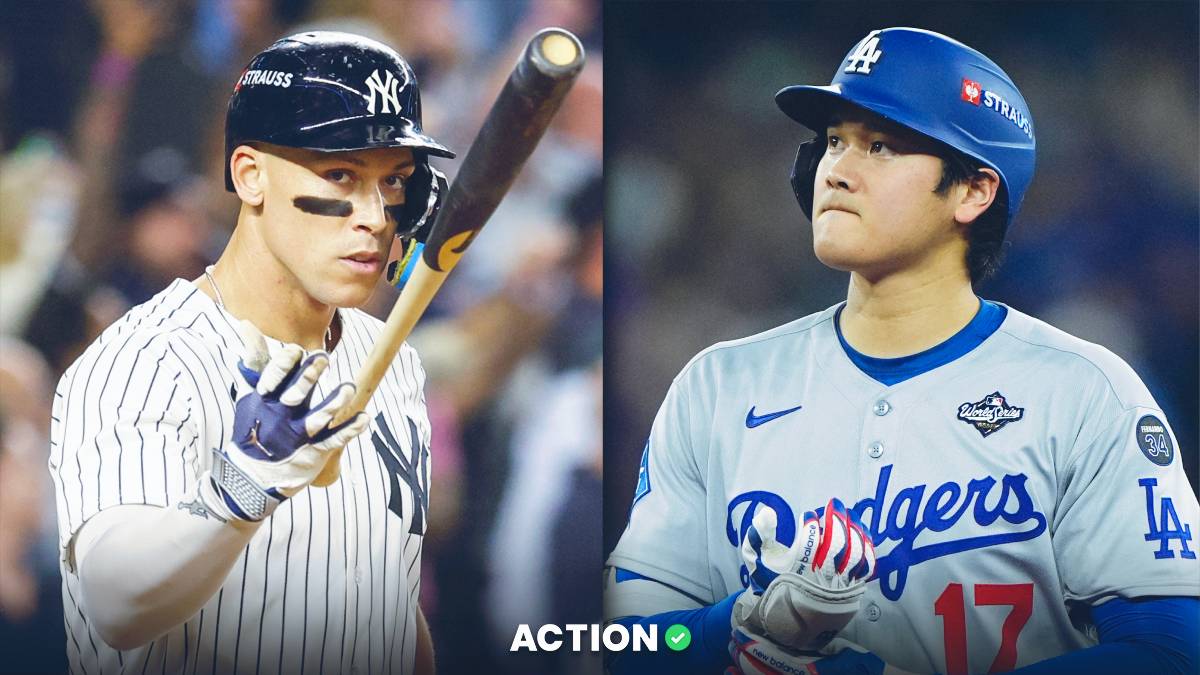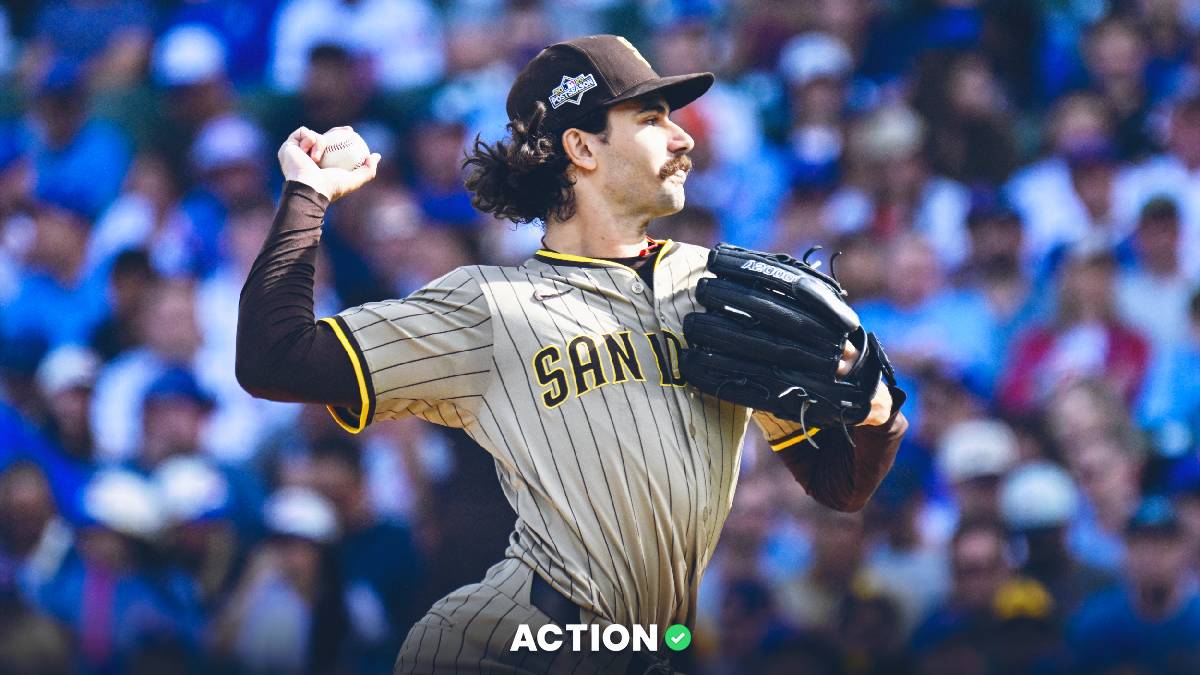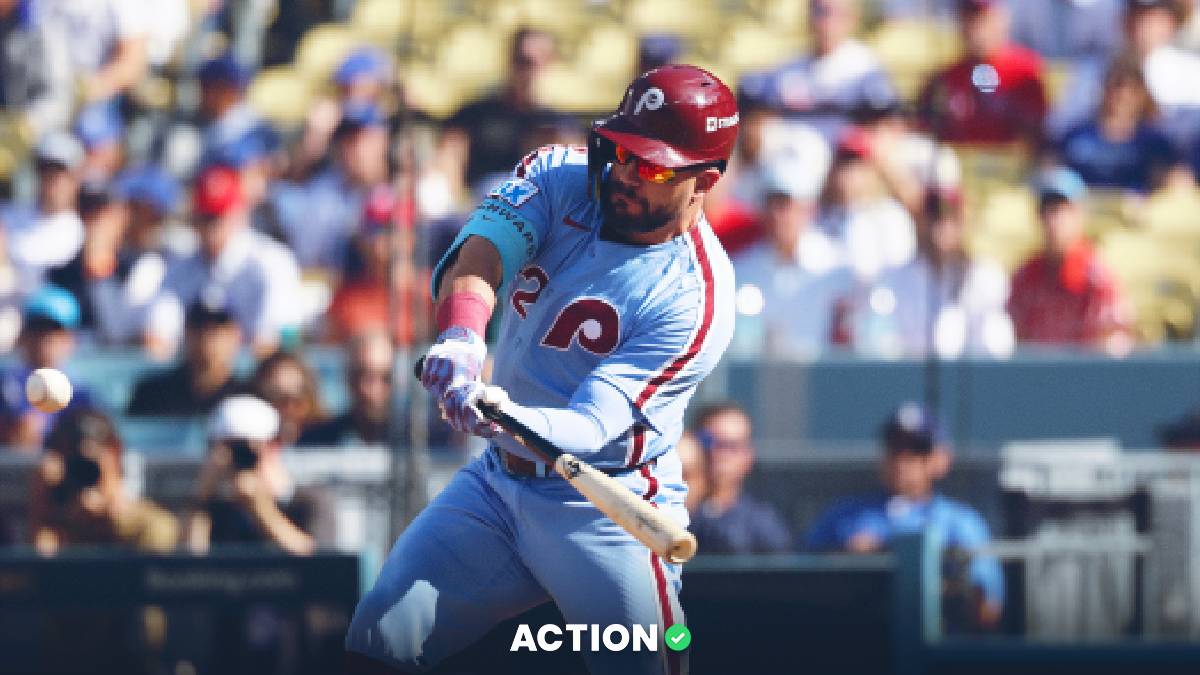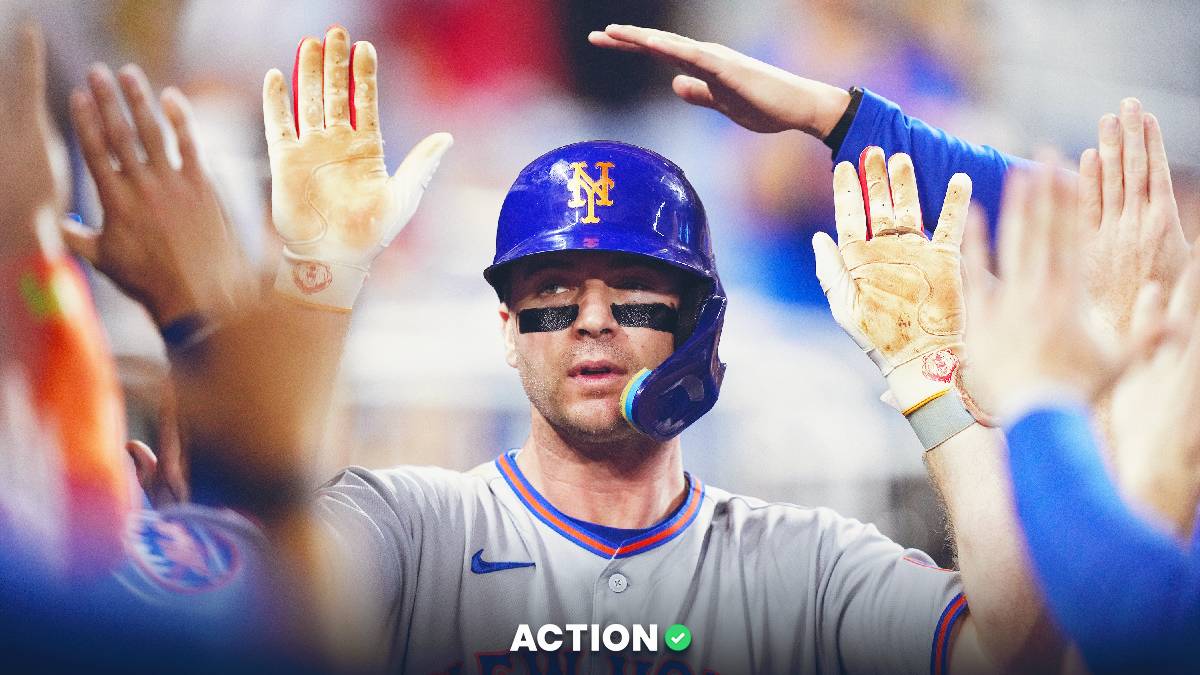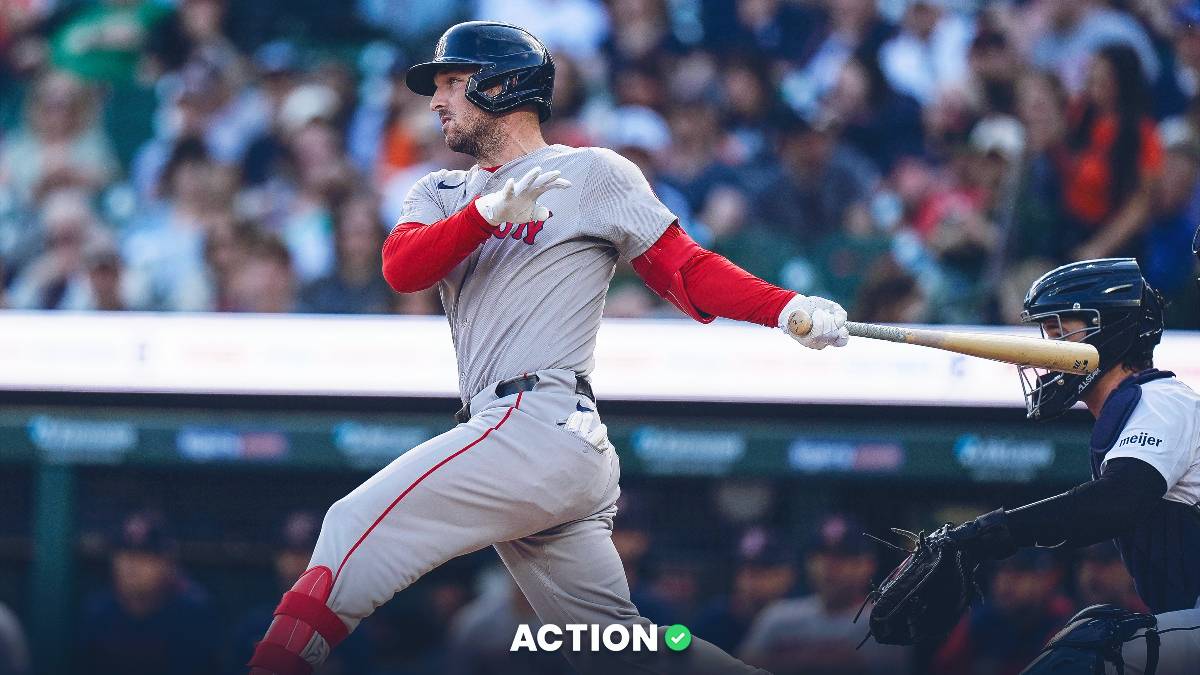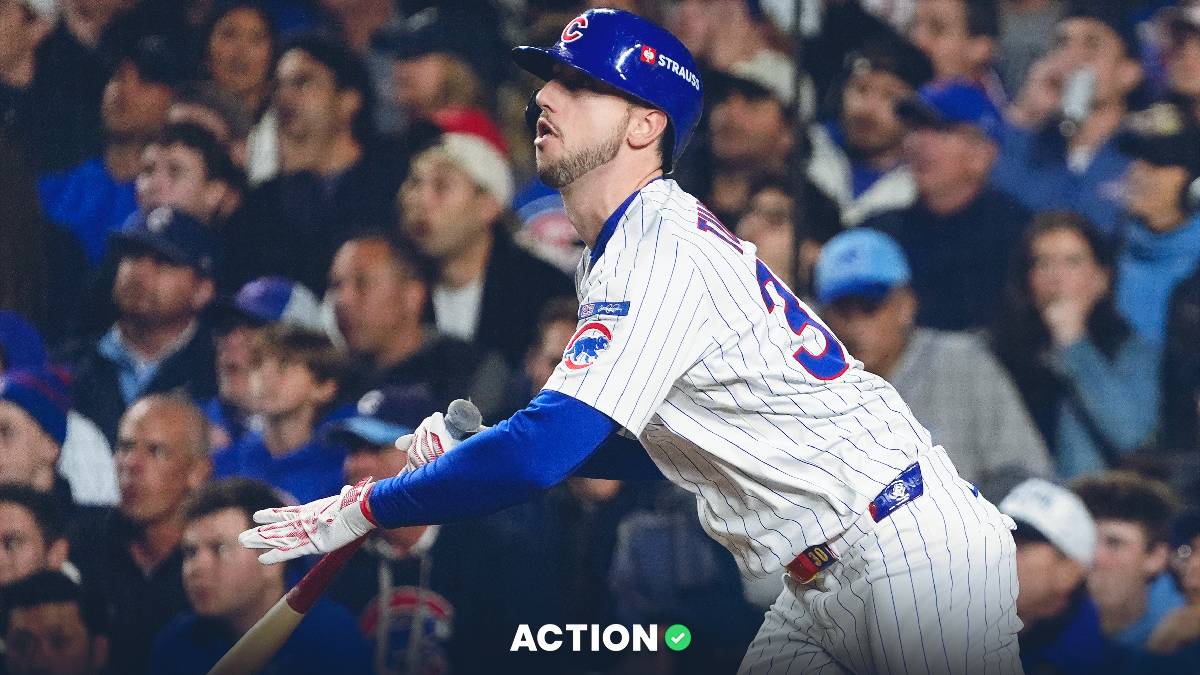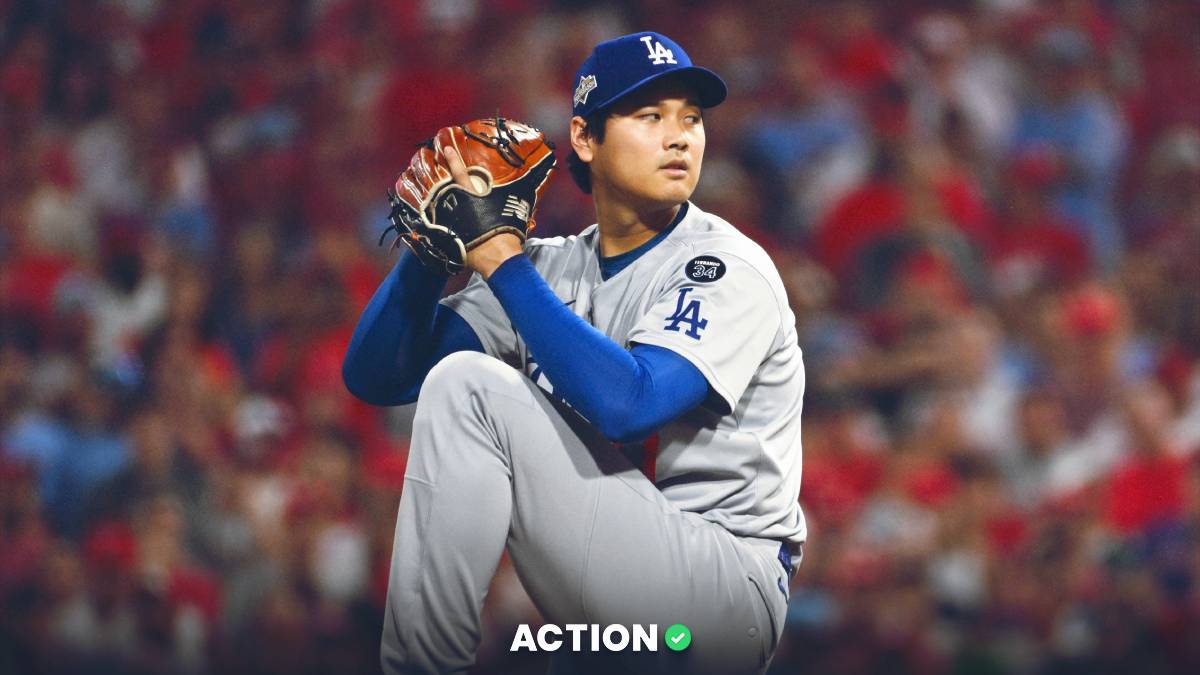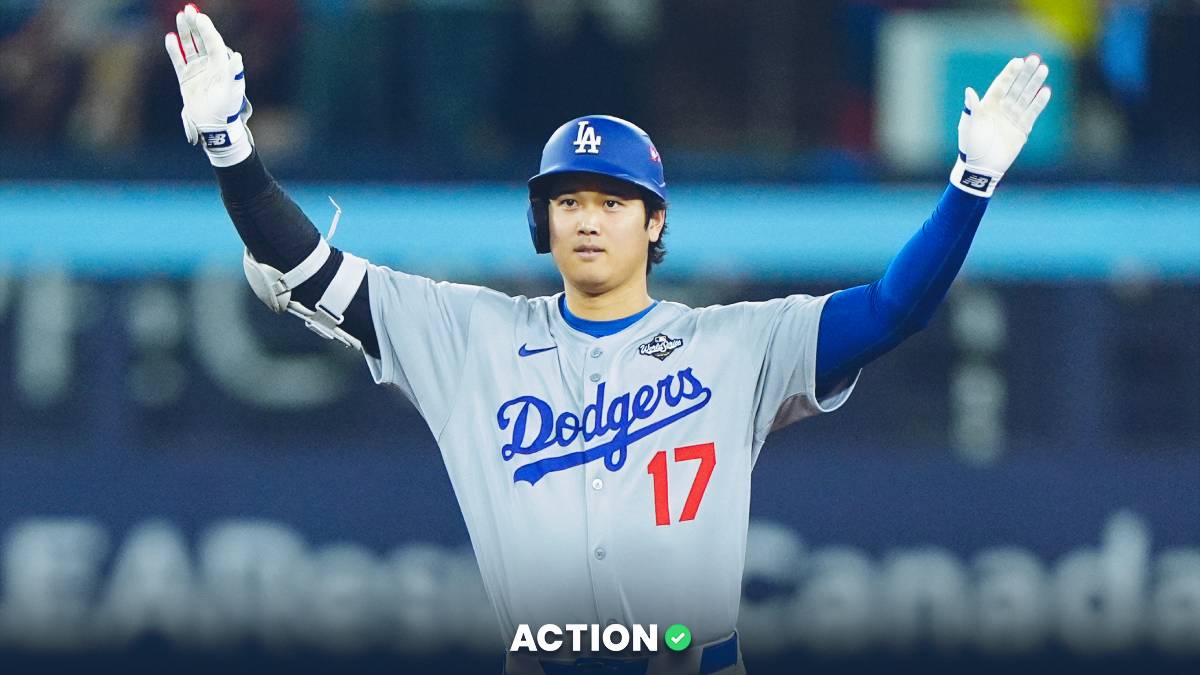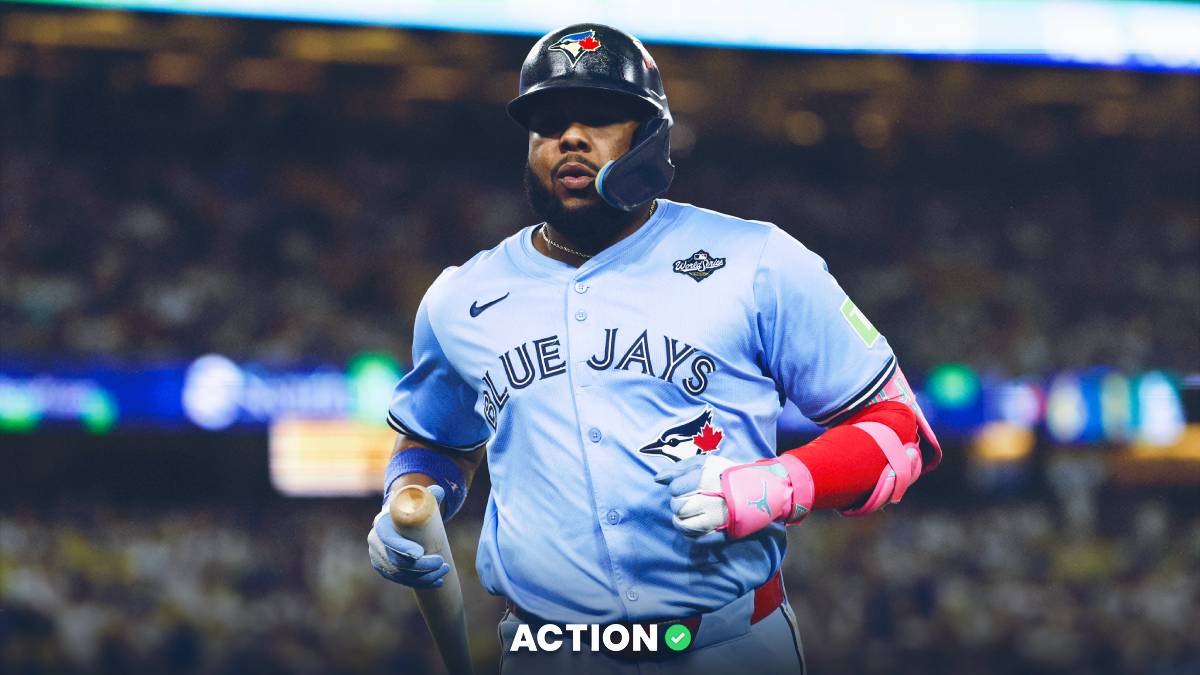Each week during the MLB season, Action Network’s Anthony Dabbundo will compile a weekly notebook of observations, analytical findings and actionable information to help bettors find an edge in betting the daily grind of a 162-game season.
When we analyze pitching, there's a lot that the pitcher can control but also plenty that comes down to short term variance and isn't particularly predictive long term. One major part of betting baseball — or any sport for that matter — is identifying what is the signal and what is noise.
Pitcher velocity, spin rates and pitch shapes can help us identify how good a pitcher's stuff or location is. Swinging strike rates, strikeout rates and walk numbers indicate how effective he at avoiding bats and maintaining a place in the zone. Hard-hit rate and barrel rate give a good indicator of the quality of contact the pitcher will allow.
There's a lot of noisy indicators: Homers are very noisy in the short term and HR/FB rate is especially subject to variance in the short term but typically ends up around the league average for most pitchers in the long run. Strand rate and batting average on balls in play (BABIP) are a few others that can lead to a pitcher wildly underperforming or overperforming his expected indicators.
It's why you'll see me reference xERA, SIERA or xFIP before I ever discuss a pitcher's ERA. They're better and more predictive metrics. Here are the league leaders across a variety of metrics that suggest negative regression could be coming.
Home Run per Fly Ball Rate
The MLB league average is that 11.2% of fly balls will leave the park as home runs. In the short term though, there's a lot of variance within that statistic that can wildly alter the perception of how well a pitcher is really pitching. The 10 highest on this list (minimum 40 IP) are likely to see some positive regression to the mean with their home run numbers as the season progresses.
- Nate Eovaldi 21.6%
- Elieser Hernandez 21.2%
- German Marquez 20.3%
- Lucas Giolito 19.6%
- Bruce Zimmerman 18.5%
- Beau Brieske 17.9%
- Aaron Ashby 17.9%
- Gerrit Cole 17.7%
- Hunter Greene 17.6%
- Marcus Stroman 17.4%
If you lower the innings minimum threshold down to just 30 innings, Baltimore's Kyle Bradish and Kansas City's Brady Singer make the top of the list. These are pitchers who haven't been as bad as their ERA would suggest and likely have better days ahead.
There are a handful of pitchers at the other end of this list, who have been quite fortunate to not see more of their fly balls leave the ball park. For example, Patrick Sandoval has now made 10 starts for the Angels this season and just allowed his first homer of the year on Sunday. That's not sustainable.
- Patrick Sandoval 2.2%
- MacKenzie Gore 2.5%
- Kevin Gausman 2.9%
- Martin Perez 3.0%
- Michael Kopech 3.0%
- Freddy Peralta 3.3%
- Bailey Ober 3.8%
- Zack Wheeler 4.0%
- Merrill Kelly 4.5%
- Justin Steele 5.0%
Some of the other names that are just off this top 10 list include Joe Ryan, Taijuan Walker, Sandy Alcantara, Shane Bieber, Yu Darvish, Paul Blackburn and Carlos Rodon. There's a good mix of excellent pitchers and average ones on this list, but they all have negative home run regression coming in the future.
BABIP (Batting Average on Balls In Play)
BABIP is one of the more better known regression indicators and something that tends to stabilize over time as well. It has its flaws, though. A groundball pitcher will naturally allow a higher BABIP than a fly ball pitcher, for example. Defense plays a big role in helping out a pitcher on balls in play, and better defenses will also inherently allow lower BABIPs.
Despite this, the extremes remain outliers when compared to the league average.
5 Best BABIP Allowed
- Triston McKenzie .173
- Michael Kopech .177
- Tony Gonsolin .193
- Devin Smeltzer .194
- Reid Detmers .194
No matter how good your defense is (McKenzie) or how much you rely on fly balls (Kopech), it's not sustainable to maintain an opponent BABIP below .200. These are the only five names below that mark, but guys just above .200 like Justin Verlander, Jakob Junis and Michael Wacha are also likely going to see more traffic on the bases in the future.
5 Worst BABIP Allowed:
- Antonio Senzatela .410
- Alex Cobb .402
- Aaron Sanchez .373
- Patrick Corbin .362
- Kevin Gausman .356
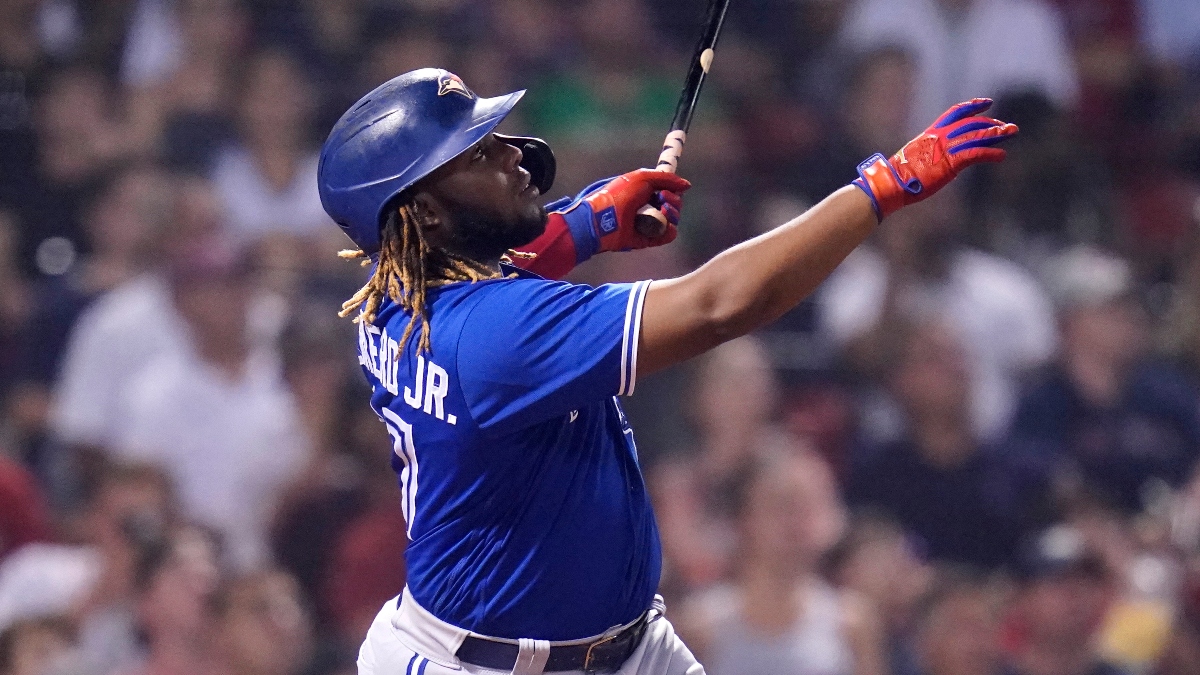
Strand Rate
71.9% of MLB baserunners in 2022 have been stranded on the bases at the end of the inning. The ability to pitch out of the stretch and in clutch situations definitely varies from pitcher to pitcher. It's hard to quantify, though, and doesn't tend to be predictive in large samples.
Instead, we get shorter, smaller samples of pitchers being lucky or unlucky with runners on base. Certain pitchers will throw really well for months and seemingly never give up the big two out hit with runners on, while another keeps giving up soft grounders through the infield with two outs and runners on base.
Top 8 Pitchers by LOB%
- Jeffrey Springs 96.8%
- Devin Smeltzer 92.3%
- Nate Eovaldi 89.6%
- Shane McClanahan 88.8%
- Triston McKenzie 88.7%
- Tony Gonsolin 88.1%
- Nestor Cortes 87.2%
- Justin Verlander 86.8%
McClanahan is a bit of an exception on this list because of his elite strikeout rate. A pitcher with the best K/BB ratio in the sport, like McClanahan, isn't going to regress quite as much with runners on base.
But it is telling that six of the other seven on this list are striking out fewer than 9.5 batters per nine innings. That means that they're allowing plenty of balls in play with runners on base and have been getting away with it. I don't expect that to continue for most of the names on this list.
Bottom 8 Pitchers by LOB%
- Aaron Civale 46.9%
- Alex Cobb 52.1%
- Aaron Sanchez 54.6%
- Eduardo Rodriguez 56%
- Marcus Stroman 57.7%
- Austin Gomber 57.7%
- Daulton Jefferies 59.5%
- German Marquez 61.1%
Most of the pitchers on this list struggle with runners on base because they don't have plus stuff or strikeout ability. That's especially true for Sanchez, Gomber and Jefferies. But for someone like Alex Cobb (11.23 K/9) or Marcus Stroman (8.56 K/9), you should see even more positive regression in the future.
A Predictive Metric You Should Look Toward:
As I mentioned before, one of the most powerful indicators of starting pitcher success is strikeout minus walk percentage. The more you're striking out and fewer you're walking, the better you're pitching.
The top 10 K-BB% in 2022 (min 30 IP):
- Shane McClanahan 30.8%
- Corbin Burnes 26.0%
- Shohei Ohtani 25.9%
- Aaron Nola 25.9%
- Max Scherzer 24.9%
- Gerrit Cole 24.5%
- Clayton Kershaw 24.4%
- Zack Wheeler 23.3%
- Tarik Skubal 23.2%
- Kevin Gausman 23.0%
This list of pitchers will perform considerably better than the ERA leaders will for the remainder of the season. That list includes pitchers like Joe Musgrove, Michael Kopech and Tony Gonsolin, who have been listed on the regression lists above.


